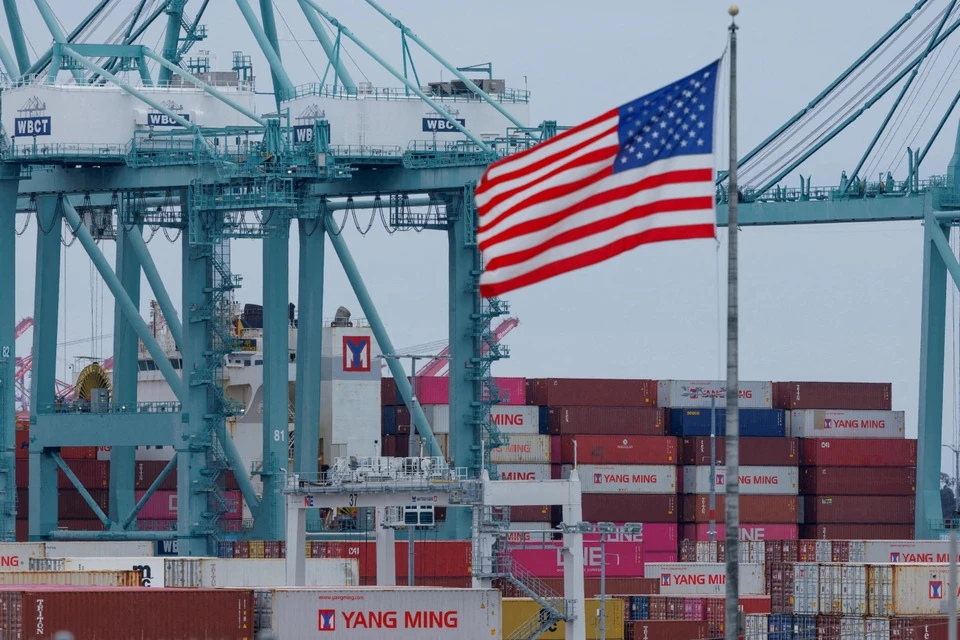America's largest seaport is gloomy because of tariffs
Posted on: 17/06/2025

The Port of Los Angeles - the busiest port in the US - has seen a 9% drop in cargo volume due to import tariffs. Photo: Reuters .
According to information from the port management unit, the volume of imported goods through the Port of Los Angeles - the busiest seaport in the US - in May decreased by 9% compared to the same period last year and may continue to be gloomy until the end of 2025.
The reason is that many businesses have simultaneously canceled or suspended shipments to avoid the 145% tax rate imposed by Mr. Trump on Chinese goods, Reuters said.
China is now the largest supplier of seaborne goods to the United States, with the Port of Los Angeles serving as a major hub for such shipments. Many American businesses, from retail giant Walmart to automaker Ford, rely heavily on items such as toys, furniture and auto parts arriving there.
In May, when the 145% tariff began to have a clear impact in the data, the Port of Los Angeles handled just 355,950 imported containers — the lowest level in more than two years.
“May was the worst month in more than two years. A lot of importers almost immediately pulled the emergency brake,” said Gene Seroka, executive director of the Port of Los Angeles, on June 13.
The Port of Los Angeles and neighboring Long Beach handle 31% of all U.S. ocean freight, a key indicator of the nation’s economic health. Although Long Beach has not released May data, its port director had previously predicted imports would fall more than 10%.
Last month, the US and China reached an agreement to suspend tariffs for 90 days. The US reduced tariffs from 145% to 30% on many Chinese goods. The two sides agreed to maintain the new tariffs last week, helping to cool down trade tensions that had re-escalated a few weeks earlier.
Shipping company Maersk said volumes from China to the US are picking up again after tariffs were reduced on May 12. But experts warn that the 30% tariff remains a heavy burden for importers, and a full recovery is still far from certain.
According to Mr. Seroka, the volume of goods arriving at the port in June showed signs of returning to normal with 12 ships arriving on June 13 - a "rare number" in recent weeks.
However, he remained cautious about the outlook for the rest of the year, as consumer demand remains volatile and the 30% tariff continues to put pressure on prices of goods from China.
“I don't see the surge that some people are predicting,” Seroka said.
Many industry forecasts predict that imports in 2025 will decline compared to last year due to prolonged uncertainty related to tax policy, which is still being challenged in US courts.
Meanwhile, consumer confidence in the US improved for the first time in six months in June, partly due to easing US-China trade tensions. But many households remain concerned that prices will continue to rise if high tariffs remain in place.
Retail inventories are growing faster than sales, especially at price-sensitive consumer brands like Lululemon, according to analysts at Jefferies. Many retailers are being forced to be selective about what they buy to avoid having to sell off inventory at a discount.
Ernie Tedeschi, economics director at the Yale Budget Project, said the real impact of the tariffs will only be felt once US companies sell off the inventory they built up before the tariffs took effect.
“It takes a while for the effects of tariffs to show up in retail prices,” Tedeschi said, noting that Trump’s January 2018 tariffs on washing machines took three months to start affecting the consumer price index.